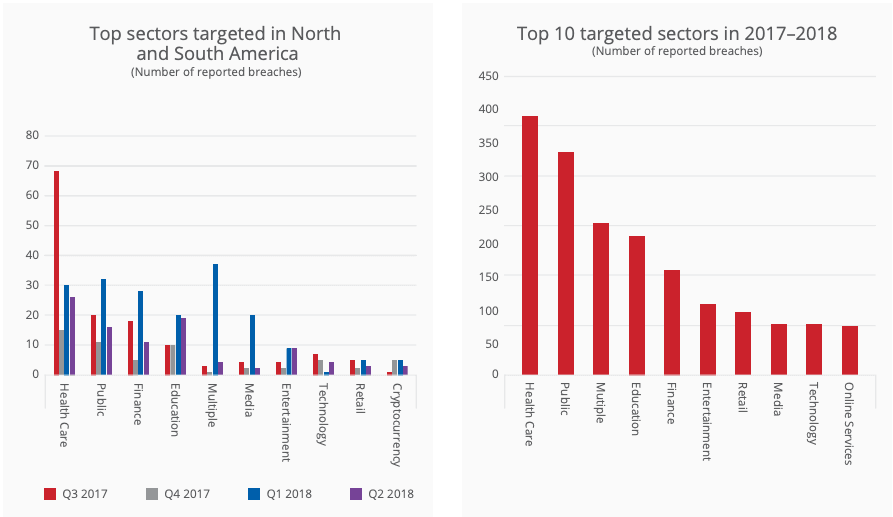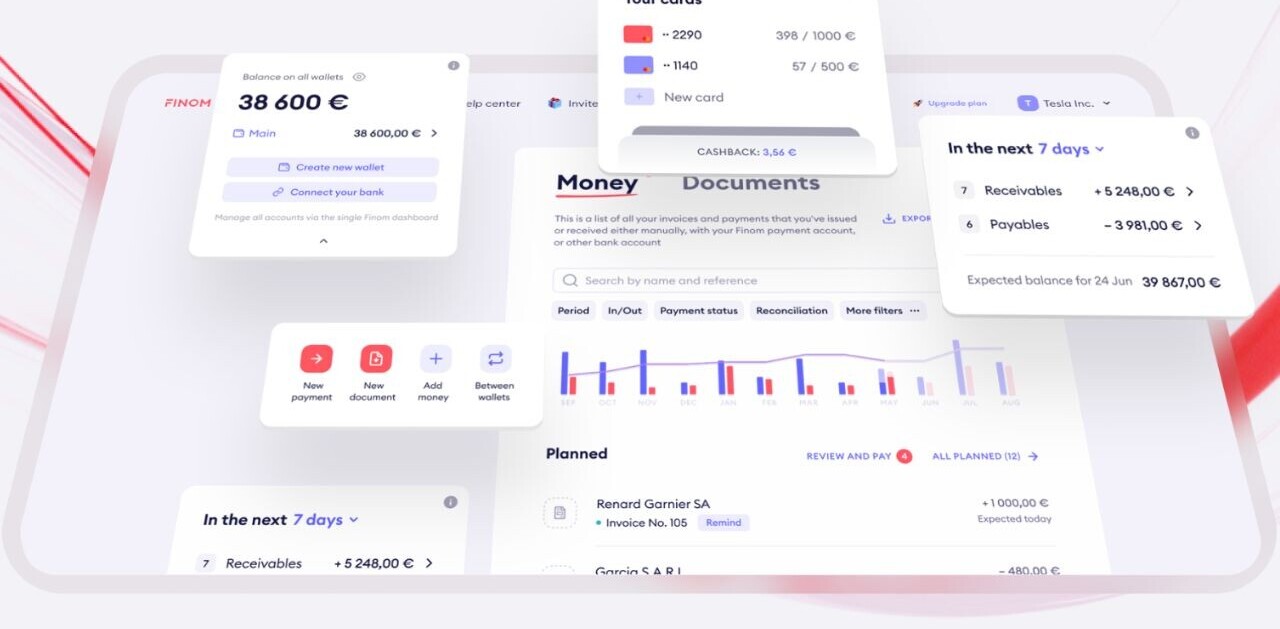
Security experts have detected 2.5 million new instances of crypto-jacking malware in the second quarter of 2018, according to a report from McAfee Labs.
For the record, this marks a staggering 86-percent growth in cryptocurrency-mining malware over the past three months.
Most of the new malware originates from older crypto-jacking scripts, according to a new report from McAfee Labs.
“Cybercriminals continue to follow the money. Although this statement is familiar, our latest Threats Report clearly shows the migration from certain older attacks to new threat vectors as they become more profitable,” the analysis reads. “Just as in Q1, we see the popularity of cryptocurrency mining continue to rise.”

It’s clear that the threat of crypto-jackers is ever-present and accelerating. Despite this, the threat to the cryptocurrency sector still ranks pretty low when put in context.
In fact, it doesn’t even make the top 10 targeted sectors over the past two years.

Despite this, one shouldn’t remain complacent.
Hard Fork has been keeping tabs on a current crypto-jacking campaign being waged across the internet. Hackers have infected over 280,000 routers with a modified version of CoinHive that secretly mines cryptocurrency in the background of every website visited, with no signs of slowing down.
Crypto-jackers are also sneaking malware into indie games distributed through popular gaming platform Steam – so it’s best to remain vigilant.
For what it’s worth – other researchers have confirmed this trend. Recently, the Cyber Threat Alliance published data that showed that the rate of crypto-jacking rose an alarming 459 percent since 2017.
Get the TNW newsletter
Get the most important tech news in your inbox each week.




